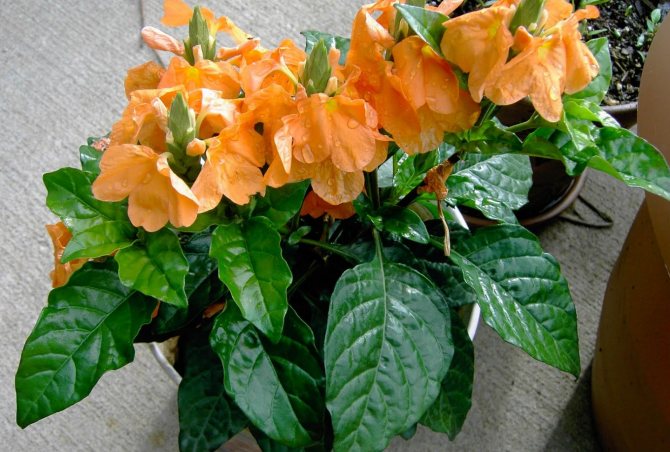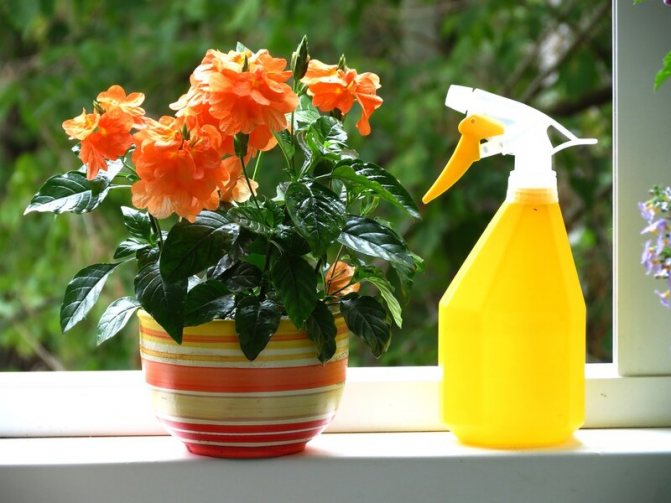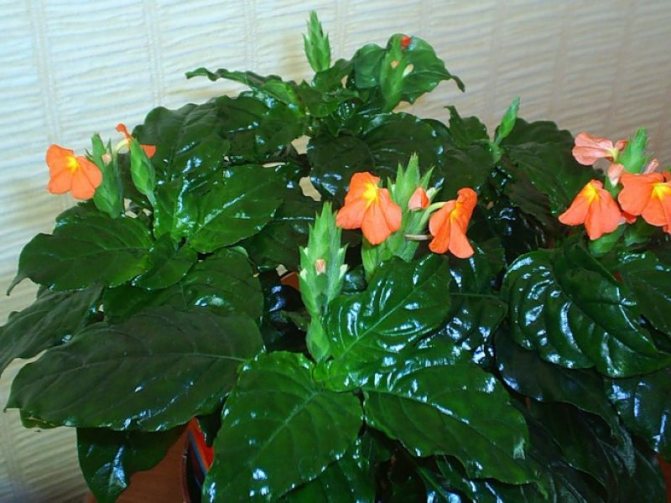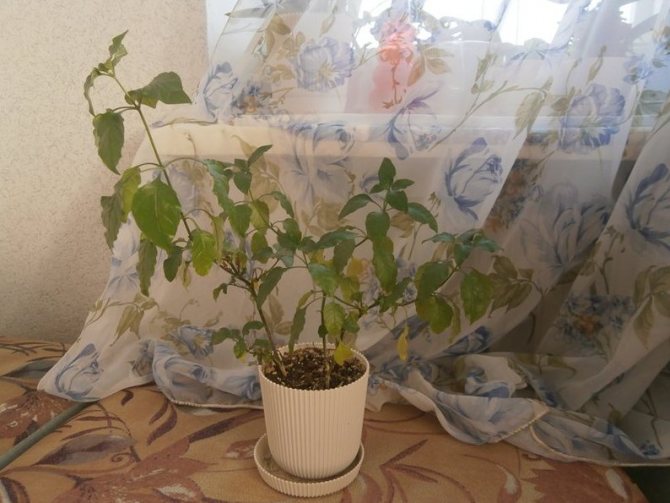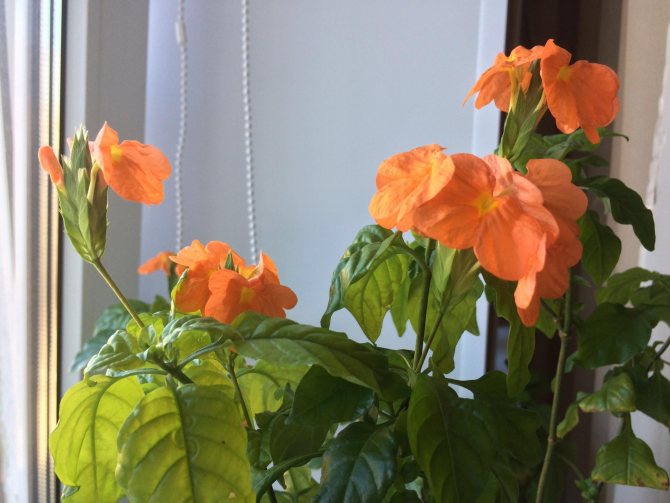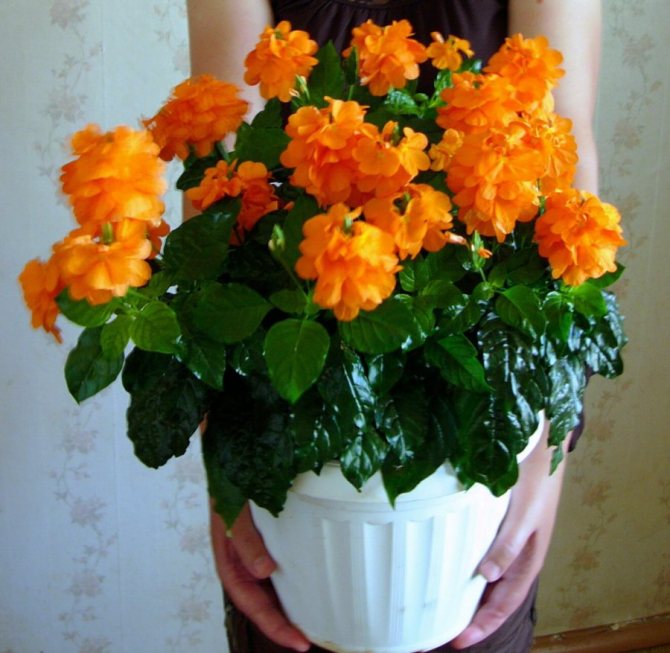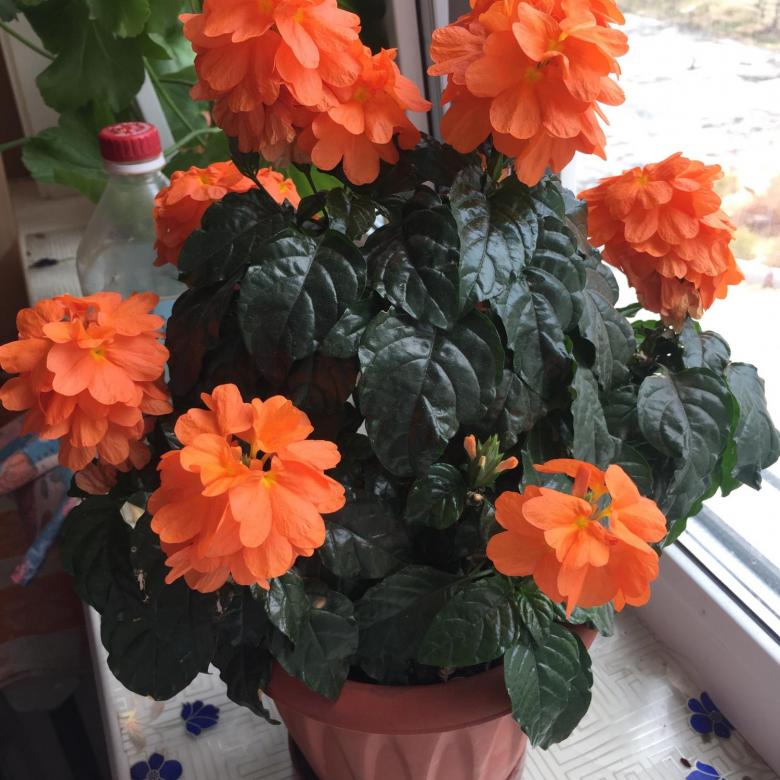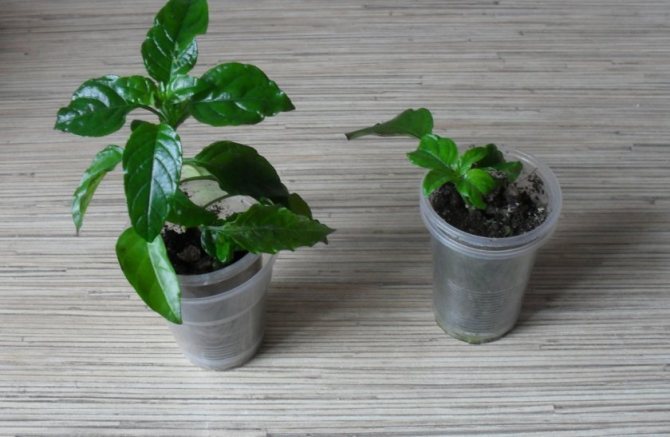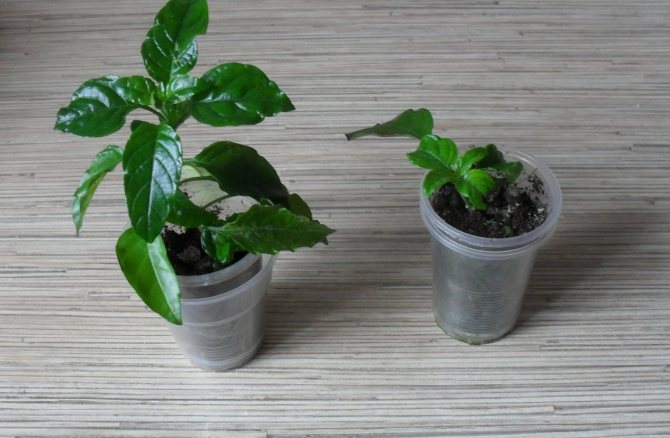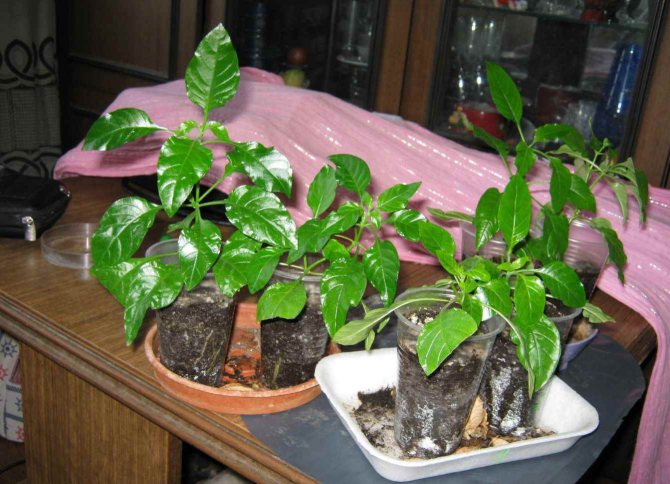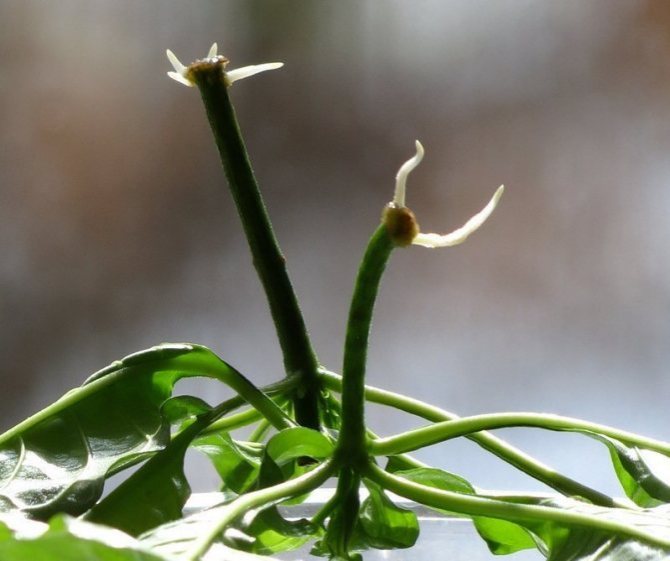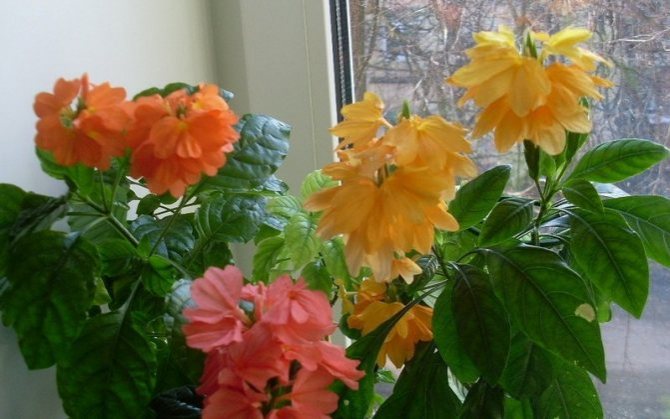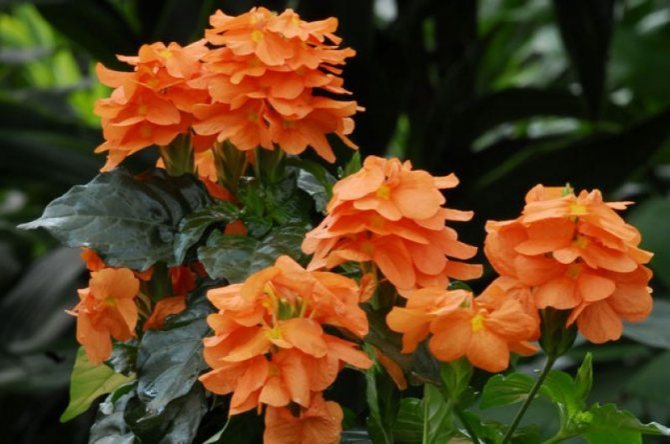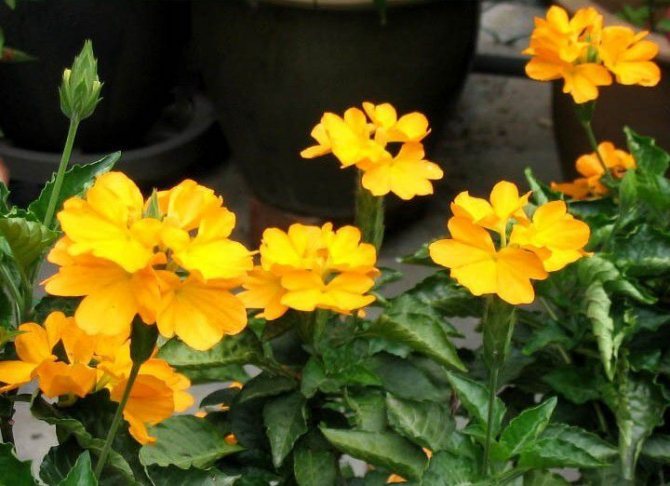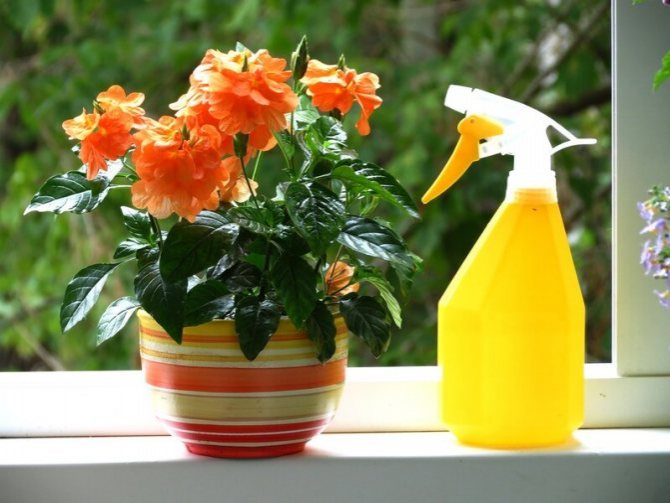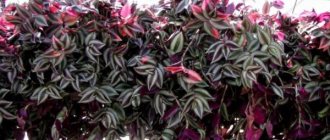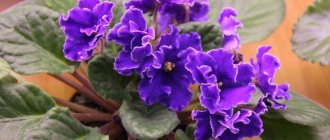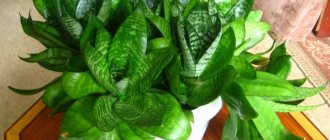Crossandra is an original plant with bright flowers, which Russian plant breeders got acquainted with relatively recently. Crossandra is a tropical plant native to India. It is also common in the countries of East Asia, where its bright flowers used to decorate parks, gardens and temples. The flower belongs to the Acanthus species and has 50 varieties of shrubs.
It is a compact plant. Under natural conditions, the bushes reach one meter in height. In apartments, it grows up to 60 cm, and undersized varieties up to 35 cm.

As a houseplant, the crossandra is quite demanding to care for.
Origin, appearance and features of the content of the crossandra
It is believed that the first crossandra was brought to Europe back in 1817 along with tea from the island of Ceylon (now it is Sri Lanka). Although in the wild, this plant is also common in the African, Asian tropics and Madagascar. The flowering bush (about 1 meter tall) has taken a fancy to the humid and hot jungle. There, in patches of sunlight, bright orange and red crossandra blooms all year round.


In the wild, crossandra blooms without interruption for a whole year
And in the cold gloomy climate, the Tropican woman became mocked. She could not stand the dry air of houses and agreed to grow only in greenhouses, where conditions close to natural were created. And only after a century and a half, breeders paid attention to the sun migrant. In 1950, the Mona Wallhed crossandra variety was bred, suitable for growing at home. Since then, new hybrids of this wonderful plant have appeared. It is appreciated for its long and lush flowering, original inflorescences and picturesque foliage. Crossandra was never included in the top ten most popular plants, she is still a rare guest in our apartments. But deserves more attention of florists.
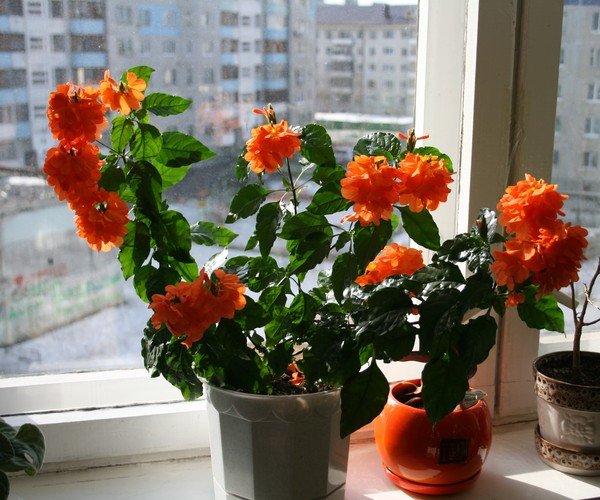

Russian flower growers noticed and fell in love with solar crossandra
Fire petals appear on vertical inflorescences with peculiar caps, reminiscent of fireworks. For this similarity, the inhabitants of Sri Lanka gave the crossandra a name - fireworks of flowers.
Crossandra is a fast growing shrub (in indoor keeping up to 70 cm tall), straight stems are covered with greenish or brownish bark. The leaves are large (on average 8 cm), oval and pointed at the end, with a glossy sheen and rare villi. The veins are well defined; in most varieties, the color of the leaf plate is dark green, in some it is variegated. Even without flowers, the crossandra looks elegant.
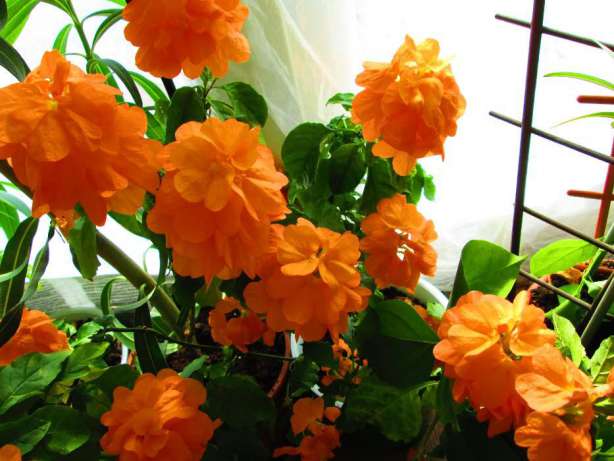

Blooming crossandra is a festive phenomenon comparable to fireworks
And when it's time to bloom, she's just adorable. At the ends of the shoots, high (up to 15 cm) cobs of peduncles appear, the buds bloom gradually from the lower tier. Flowers most often of different shades of flame in shape resemble an asymmetrical funnel, their petals seem to droop. There are species with turquoise and purple inflorescences. At home, crossandra easily sets fruit. If the flower spike is not removed after wilting, after a while you will see how the self-seeding mechanism works. When the fruit, which contains four seeds, ripens, the crossandra shoots it out. And, having fallen to the ground, it "explodes" quite noisily. Crossandra blooms from an early age, with good care for about six months, starting in spring.The flowering time can be extended into the winter, providing the plant with additional lighting, but it is better to give it a rest.
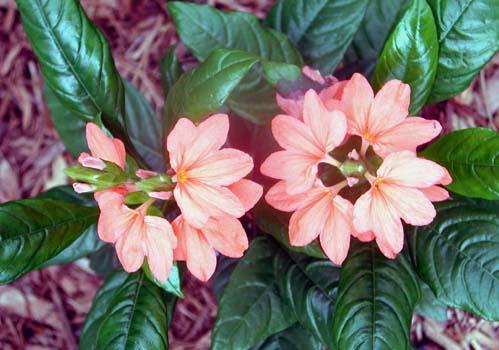

Krosandra not only blooms luxuriantly, but also bears fruit with pleasure at home.
To the question: is it easy to grow crossandra, you will receive different answers. For a sophisticated florist, this plant is picky and easy to care for. And a beginner may find it difficult to adapt to the habits of the crossandra. Although she does not require anything supernatural, only that, or even less, to which her ancestors were accustomed. Crossandra wants warmth, high humidity and loves to live in close proximity to other, of course, tropical flowers.
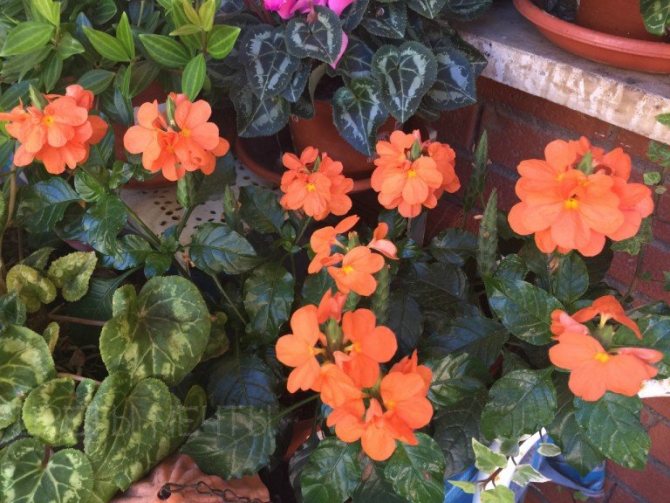

Crossandra feels great in the friendly company of the same tropical plants
Varieties and varieties of enchanting plants
About fifty species of crossandra have been found in their natural environment. Mostly the funnel-shaped (or wavy-leaved) variety and its hybrid varieties were adapted to room conditions. Much less often, growers grow prickly, Nile and Guinean crossandras.
- Nile crossandra (also called red) was born in Africa. It is a short (60 cm) shrub with slightly pubescent dark green leaves. Flowers with five petals fused at the base of different shades of red: from brick to pink-orange.
- Crossandra prickly is also an African native. A low bush has large (12 cm) leaves decorated with a silvery pattern along the veins. Inflorescences are yellow-orange. Small soft spines are clearly visible on the bracts, thanks to them the variety got its name.
- Guinea crossandra is a rare plant in home floriculture. This is the smallest variety, its height is no more than 30 cm. Flowers, collected in spikelets at the top, of an unusual pale lilac color.
- Blue crossandra (or Blue Ice) is not very dense, compared to other varieties, inflorescences and not so lush flowering. She has light bluish flowers.
- Crossandra Green Ice is a rare species. It is similar to blue, but the flowers have a more intense color, and the shade is turquoise with green.
- Funnel-shaped crossandra is the progenitor of most cultivated plant varieties. In its natural environment, it grows in India and Sri Lanka. In freedom, the bush stretches up to 1 meter. The indoor variety is usually higher than 70 cm. The inflorescence is a dense ear, the flowers of fiery shades are funnels (about 3 cm in diameter).
The most famous varieties of funnel-shaped crossandra:
- Mona Wallhed is the oldest variety bred by Swiss breeders, it was he who gave rise to the cultivation of crossandra in home floriculture. It is a compact and dense bush with bright foliage and orange-scarlet flowers. But the main thing is that this crossandra is more tolerant to the climate of the apartment. Easier refers to dry air and lower temperatures.
- Orange Marmalade is one of the new varieties. More resistant to changes in conditions of detention and resilient. On a sprawling bush, orange-orange inflorescences are formed.
- Nile Queen is another crossandra variety that can be called unpretentious. His flowers are terracotta red.
- Hybrid Fortuna is the most popular among flower growers. The bush is small - about 30 cm. And the height of orange-red inflorescences reaches 15 cm, thanks to this, there are more buds, and the flowering is longer. In addition, this variety is distinguished by its long life and good health. He has a more hardy root system.
- Crossandra Tropic are compact (up to 25 cm) hybrids of different shades, bred by American growers. The most famous variety is yellow, Flame with salmon flowers, Splash - with petals of different intensities of yellow-pink color, Red - red with a pinkish tinge. These crossandras are grown not only as indoor plants, but also outdoors as annual plants.
- Variegated (variegated) crossandra is one of the new products. Its green leaves are covered with an original pattern of white spots and strokes. Coral flowers.
Varieties and popular varieties in the photo
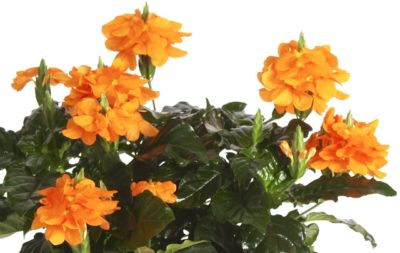

Crossandra Fortuna is the most popular variety in indoor floriculture.
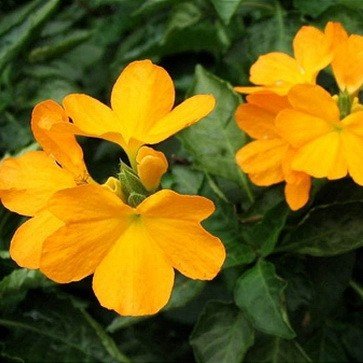

Tropic yellow - a hybrid that is grown both at home and in the garden


Nile crossandra is red and pink
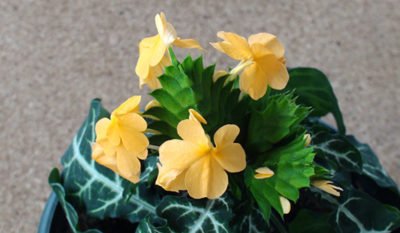

In the crossandra prickly, both leaves and flowers are decorative
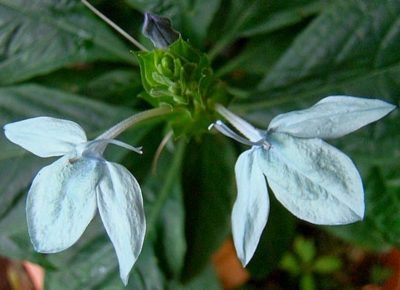

Crossandra Green ice has flowers of an unusual shade


Blue crossandra - delicate plant
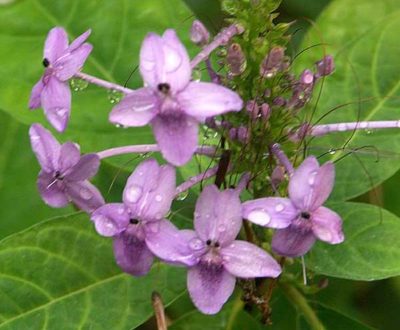

The crossandra guinea has flowers of atypical color


Funnel-shaped crossandra blooms profusely and for a long time
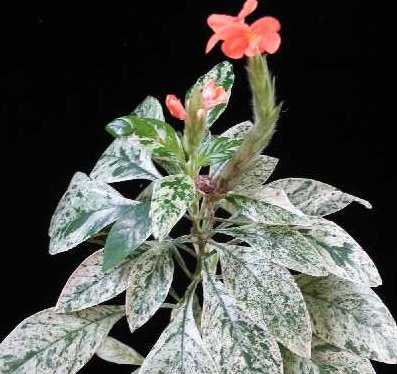

Variegated crossandra due to its variegated leaves looks bright and without flowers
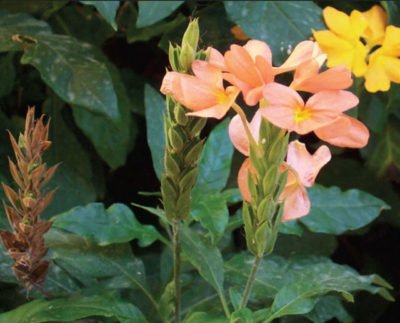

Tropic Splash has bicolor petals
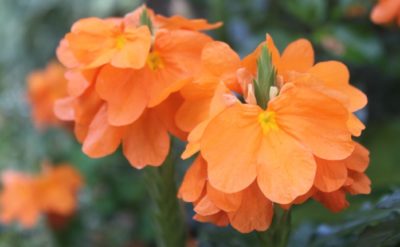

Orange Marmalade is a viable variety


Crossandra Nile Queen belongs to unpretentious plants
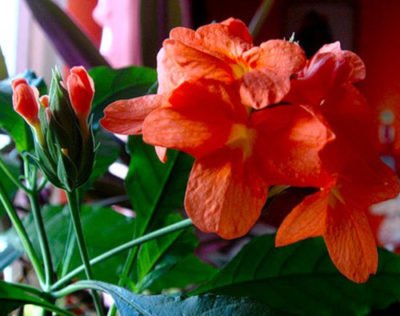

Crossandra Mona Wallhed - first indoor cultivar
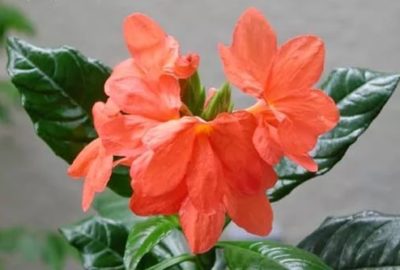

Tropic Flame - hybrid with fiery petals
What does crossandra need? (table)
| Season | Lighting | Humidity | Temperature |
| Spring | Intense but slightly diffuse. A suitable place for crossandra is at the east or west window. On the south side, the plant will need shading at noon, especially in the heat. | High, from 70%.
| Moderate, about +20 degrees. Crossandra is good for fresh air, but is afraid of drafts. Ventilate the area to protect the plant from temperature extremes. |
| Summer | Moderate and higher. Better up to 25 degrees, but higher up to +28 is possible. In the summer, if possible, keep the crossandra on the glassed-in balcony. But you shouldn't take the plant out into the garden, it can be harmed by wind and rain. | ||
| Fall | Direct sun is acceptable. Can be placed by the south window. Switch on artificial lighting as the length of the day decreases. Correct and long-term illumination during the dormant period is a guarantee of flowering in the future. | Average, 50-60%, with decreasing temperature. Above average, 60–70%, in a warm (+20 and more) room. Humidify the air. Place the flower away from radiators. | Room, + 20-25 degrees. |
| Winter | The temperature is slightly lowered, + 16-18 degrees. Less than +12 crossandra does not tolerate. Protect the plant from drafts. |
Cramped but comfortable
Crossandra is a very friendly plant. Florists noticed that she feels better not alone, but in the close company of other flowers. Place the same lovers of humid air and heat next to the crossandra - begonias, crotons, fittonias, ferns, arrowroots, calatheas - and it will be easier for you to care for the indoor jungle. Spraying some will moisturize others as well. Effortlessly, you can provide your pets with a tropical microclimate at home.
Also, similar conditions of detention are suitable for an episode:
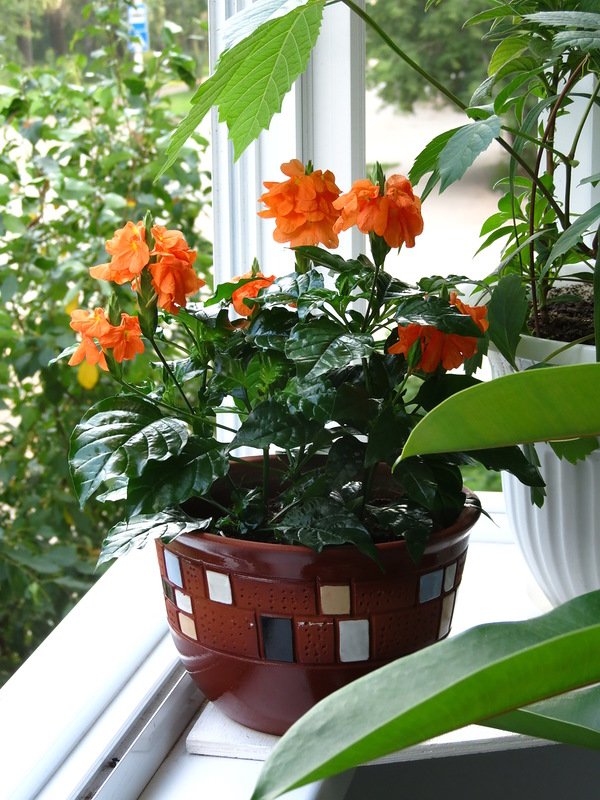

Crossandra will be easier to care for if it is surrounded by other plants with similar habits.
Bloom
The beautiful flowering of the crossandra begins in spring and lasts until autumn. In suitable conditions, the flowers on the crossandra can bloom in winter, but this load quickly depletes it. Therefore, in winter, the crossandra needs to provide a dormant period by placing the plant in a room with a temperature of 16-18 ° C. At this time, watering is reduced to a minimum, no additional fertilizing is applied.
During flowering, wilted inflorescences must be removed in a timely manner - this contributes to the active formation of new buds.The flower stem is cut over the topmost pair of leaves.
Transplanting a fireworks flower
Crossandra is not very fond of change. The plant takes a long time to get used to a new pot, can tighten with flowering, twists and sheds foliage. Therefore, a fiery flower is transplanted, if the roots have braided the whole earth and look out from below, growth has slowed down due to the fact that the soil is depleted. Then move the crossandra in the spring. Make the transshipment, keeping the earth lump as much as possible.
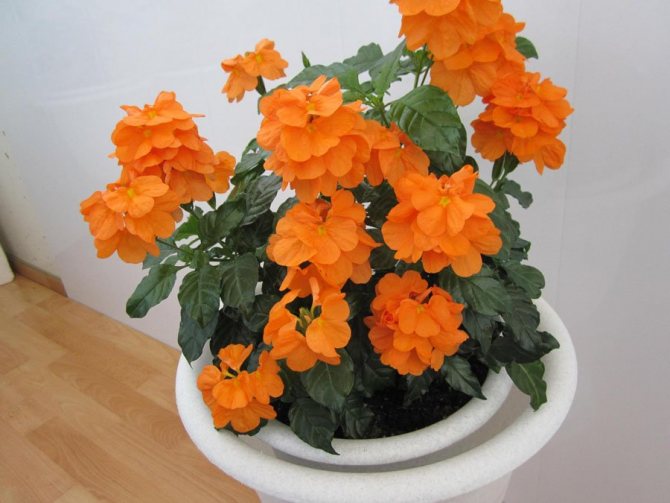

The new pot for crossandra should only be slightly larger than the old one.
The next pot for crossandra must be selected 2-3 cm wider in diameter than the previous one. She doesn't need an extensive one. In a large volume of soil, it will grow roots, then the aboveground part, and flowers will appear later or not at all. In a large pot, water will linger, and this is fraught with rotting of the root system. The material from which the container is made is not so important for the crossandra. Both plastic and ceramics are suitable for her. And the number and diameter of drainage holes is important. The more, the better. Excess water should easily drain from the ground.
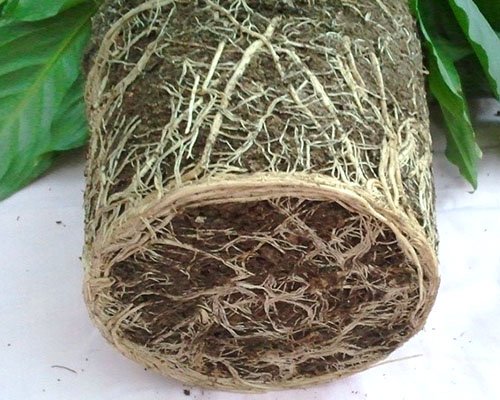

There must be a drainage layer in the pot with crossandra.
Prepare the soil for the crossandre porous and moderately fertile, neutral or slightly acidic. For example, plant it in universal soil, you can add a little coarse sand or chopped moss. Or try one of these recipes for potting soil:
- leaf and sod land, mix coarse sand equally, add vermiculite or a little broken brick;
- into two parts of leafy and turfy land, half - river coarse sand and humus;
- 2 parts of any soil for indoor plants, 1 each - vermiculite and soil for succulents;
- two parts of leaf and peat land, add sod land and sand one part at a time.
As a drainage, you can take expanded clay, small pebbles, crumbled brick (always red).
Crossandra transplant
- Prepare and steam or heat the potting soil, drainage, pour boiling water over the pot.
- Lay drainage on the bottom, on top of it - part of the soil.
- Two or three days before transplanting, stop watering the crossandra so that the earth dries out, so it will be easier to pull out and save the earthy lump.
- Remove the cross from the container, separating the earth from the walls with a knife or spatula, and inspect the roots.
- Cut off rotten and dry ones. Clean a few extreme processes from the ground.
- Treat the root system with growth stimulants (Epin, Zircon).
- Place an earthen ball of crossandra in a new pot, spread loose roots.
- Carefully fill the gap between the lump and the walls with new soil.
- Tighten it gradually, being careful not to touch the roots.
- Water the plant and spray the crown. Humidity helps to settle down faster.
- Place the transplanted crossandra in its usual place.
After the purchase
If you bought a flowering crossander, wait with a transplant until the inflorescences fade. And then try to replace almost completely the soil. Save only the one that sticks tightly to the roots. To stimulate flowering, crossandra can be treated with special preparations that are not always useful, so it is better to transplant it into fresh soil.
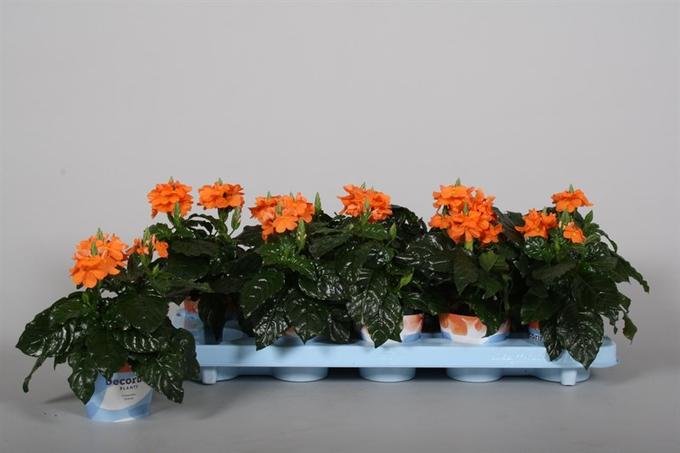

Repot the flowering crossandra that you brought from the store after the inflorescences wither
Transplant the crossandra purchased without flowers in 1-2 weeks. Moving from the store is stressful, and so is the transfer. Let the flower get used to it in your new home.
Reproduction
There are two ways to propagate a flower:
- Cuttings. This is a simple method that gives good rooting results. Cuttings 10-15 cm long should be sprinkled with a growth stimulant. Then plant in a container with soil from a mixture of turf, sand and peat. All components must be mixed in equal parts. The shoots root well in the light at 20-22º C for one month. If necessary, the container can be covered with a bag.Two months later, young plants are planted in separate pots. In order for the bushes to grow lush, 2-3 shoots are planted in a pot.
- Seed propagation quite troublesome occupation. First, the seeds must be soaked for 3-6 hours. Sow them in the ground, cover with a bag. Seed germination occurs within two to three weeks. This requires a high humidity and air temperature of about 24º C. After a month, the grown seedlings are transplanted into separate pots.
See the video for details:
Crossandra care
In the wild, tropical crossandra blooms for twelve months a year without being depleted. In our climate, its seasonal rhythm has changed. At lower temperatures, less intense lighting, flowering takes more energy. Crossandra needs full rest in winter to bloom in spring. Therefore, the care of the plant at each season is different.


The crossandra, which is properly cared for with shiny leaves and flower caps
Watering and feeding at home
During active development, from spring to late autumn, water the crossandra generously. To replenish the energy expended on flowering, she needs a lot of moisture. Moreover, the water should be demineralized (settled, filtered or boiled) and slightly warm. Drying out the soil in the pot during this period has a very negative effect on the health of the plant. Especially in hot weather. As soon as the ground at the roots dries up, the aboveground part will begin to fade. In advanced cases, if the crossandra is dehydrated all day, it may die.
You forgot to water your crossandra in the summer heat. And when they remembered, its leaves had already withered and sagged. Resuscitate the plant. Immediately remove the flower in the shade, fill a large container with water and put a pot there, and spray the crown abundantly. After a few hours, the crossandra will straighten the leaves again. After that, remove the flower pot from the water, let it drain.
But at the same time, making a swamp out of the soil is also not worth it. Stick to the golden mean: keep a balance between waterlogging and drying out.
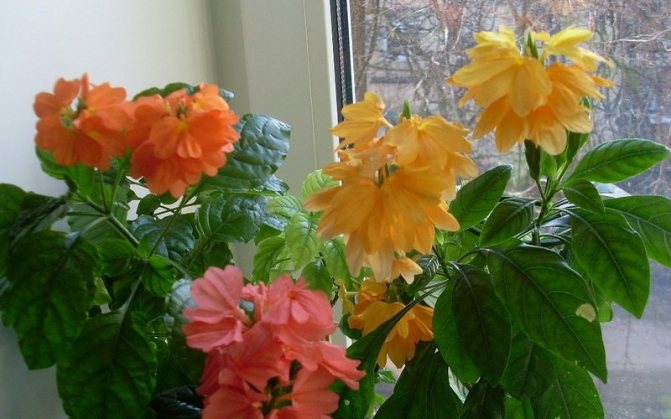

During blooming, the crossandra needs abundant watering and feeding
As winter approaches, start cutting back on watering. Crossandra has faded and is switching to an economical mode of life. She no longer needs so much moisture. The cooler the air, the less the plant wants to drink. In winter, on average, water it every 10-14 days. However, the frequency can change, it all depends on the state of health of the crossandra. And it is better not to add a little water than to pour it over.
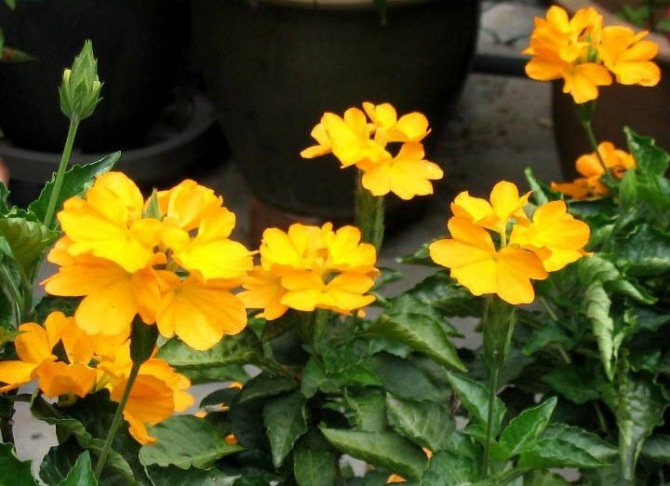

Potassium and phosphorus are useful for flowers, and an excess of nitrogen interferes with the formation of buds
Crossandra in bloom is maintained with fertilizers. Top dressing begins in March (if the flower was only transplanted, then 2 months later), applied to the watered soil every 7-10 days. Any mineral complexes are suitable for indoor flowering plants. Lovers of the crossandra note that it accepts the fertilizers of the Uniflor and Pocon series well. But it is not so important which brand, pay attention to the composition, which is always written on the package. For high-quality flowering, the plant needs potassium and phosphorus. In winter, the cross is usually not fed, or is limited to once a month.
Recent Entries
6 rare tomato varieties of 2020 that will bring you a decent harvest 5 cucumber hybrids that I will plant this year without hesitation 8 budget tips for summer cottages that will save money and time
Flowering time
Well-groomed crossandra blooms with pleasure without any tricks. And even in winter, in a warm and well-lit room, it strives to bloom. Amateurs note that the plant produces flower stalks several times per season, there are 2-3 or more flowering waves. To extend it, it is imperative to completely, up to a couple of leaves, to remove the spikelet after the top has faded. Then there will be new flowers.
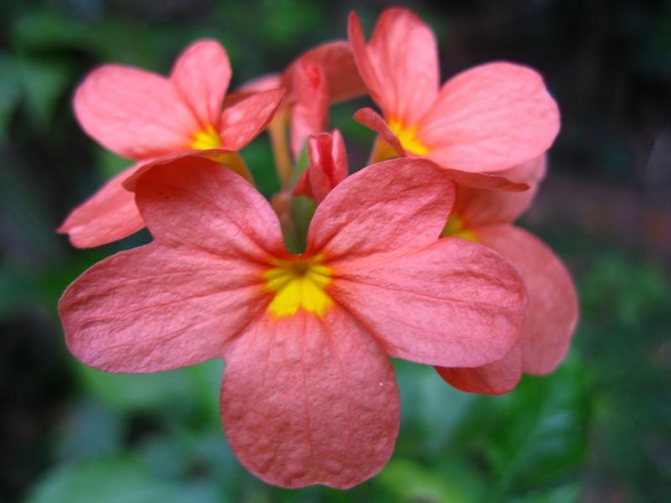

Crossandra willingly blooms if it gets everything it needs
However, occasionally flower growers complain that the crossandra is capricious and does not bloom. Here are the main reasons for this behavior:
- the plant is planted in an oversized pot and is busy with growing roots and greenery;
- the flower did not rest in winter;
- there is not enough nutrition or there is a lot of nitrogen in top dressing, it contributes to the development of greenery;
- the bush was not cut off, it did not form a new growth that blooms;
- crossandra is weakened due to improper care or conditions: little light, low humidity, irrigation is not adjusted, etc.
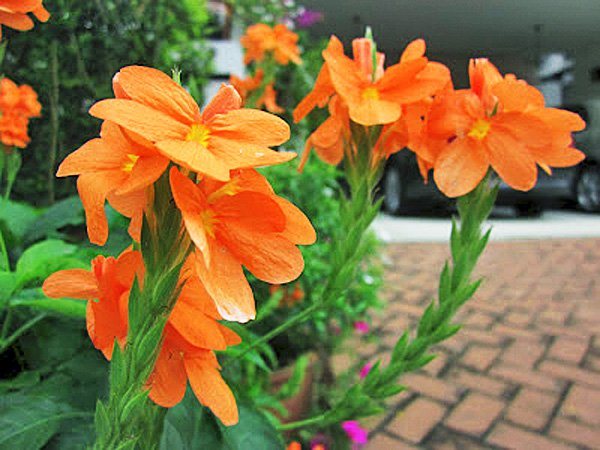

The last to open are the buds on the top of the spikelet, after they wither, the entire inflorescence must be cut off
Analyze what the crossandra wants, correct the mistake and wait for flowering. By the way, variegated varieties, as a rule, are more capricious, and older plants bloom worse.
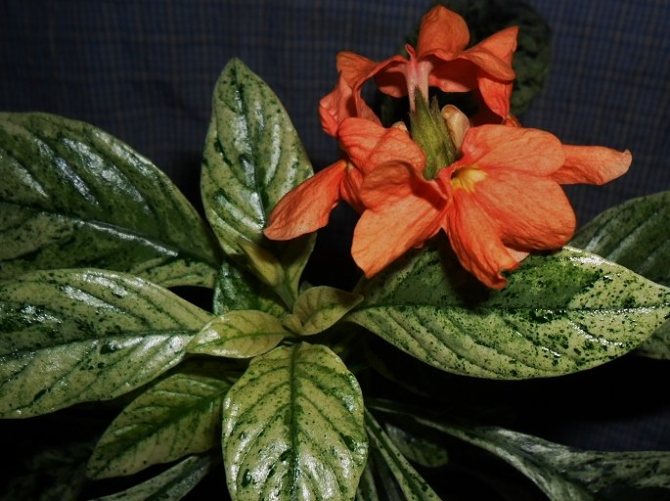

Buds on variegated crossandra - a prize to a skilled and caring florist
Video: cropping a fading crossandra
Rest period and pruning
There is no dormant period for the crossandra living in the wild. But in our latitudes, her habits have changed. In autumn, the plant slows down its development, going into hibernation. The flower grower must properly organize the rest: limit watering, stop feeding, reduce the temperature of the content and proportionally reduce the humidity of the air. In winter, spraying can be replaced by wiping the foliage with a damp cloth. But it is desirable to maintain the duration of daylight hours. Krossandra will be grateful for additional lighting with LED or phytolamps. If there is no additional light, place the plant on the southern windowsill.


Crossandra can bloom all year without interruption, but it is better to give it a rest in winter.
After wintering (in February-March), the crossandra bush must be put in order. The spring haircut is carried out before the buds are laid, it rejuvenates and heals the plant. Weak, overgrown twigs and stems are removed. Healthy shoots are cut or pinched about 4–5 cm above a pair of leaves. After such a haircut, the crown will become more magnificent, the tops of the heads, which means there will be more flowers. Cuttings left over from pruning can be rooted to create new plants.
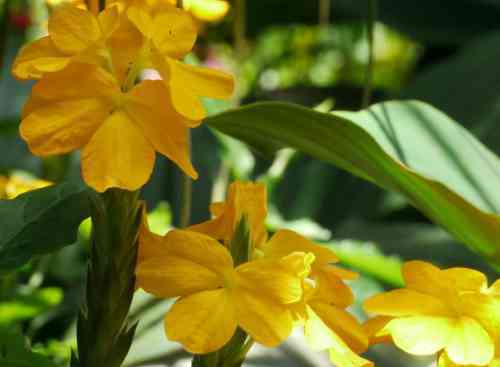

Shearing should be carried out after flowering, uncut spikelets take away strength, but if you want to get seeds, leave them
Care errors and their correction: the leaves turn black, turn red, brighten, etc. (table)
| Error manifestation | Cause | Decision |
| The foliage turns black and falls. |
|
|
| The leaves turn red. | Too much direct sun. |
|
| The leaves brighten, turn white. |
| |
| The trunk of the crossandra turned black. | Stem or root rot due to waterlogging. | About the treatment in the following table. |
| Brown spots on the leaves. | The roots are freezing, and the waterlogged soil. | In winter, when kept on a windowsill, place the pot on a stand to keep the roots warm. Water in moderation. |
| Crossandra hung up the leaves. |
|
|
| Leaves dry and curl. |
Diseases and pests of crossandra, treatment and preventive measures (table)
| What does it look like? | What is the reason? | Treatment, control measures | Prophylaxis |
| In the crossandra, the trunk began to darken and soften from below, the blackness quickly spreads. | Stem rot caused by fungus. | If decay has only affected the plant, you can try to save it.
In case of significant damage, the plant must be thrown away and treated with a fungicide of its neighbors. |
|
| Leaves turn yellow, wither, but do not dry, then darken and die | Root rot is a fungal disease. | Make a diagnosis - remove the plant from the pot, examine the roots.
| |
| The leaves turn pale, turn white, sometimes turn red along the veins. | Chlorosis is a metabolic disease. | Water and spray with ferrovite, iron chelate (antichlorosin) until healthy leaves appear. It is advisable to transplant into new soil. | |
| The leaves are covered with yellowish spots and dots, sometimes white spider webs are visible. The foliage dies. | A spider mite attacked. | Spray crossandra with a systemic insecticide, phyto-farm, actellik, derris. |
|
| Young shoots, leaves and peduncles wither and curl up. Tiny insects are visible. | Defeat by aphids. | Remove the affected parts. Treat the crossandra with a special aphid repellent. Spray it with products that contain permethrin. | |
| Crossandra grows poorly, leaves are lethargic and dull, even after watering. There are noticeable whitish small lumps, similar to cotton wool, and a sticky coating. | The sap of the plant is sucked out by the mealybug. | Isolate the infected flower, the worm easily passes to other plants. Remove pests by hand using a damp cloth. After that, spray or wash with a soap-alcohol solution (for 1 liter of hot water, 20 g of laundry soap and 20 ml of alcohol). If the lesion is massive, treat with insecticides fufanon, aktara or actellic. | |
| Leaves die, greenish larvae on the underside, and flying insects around. | The whitefly has settled on the crossandra. | Remove the affected leaves. Pour the soil with a solution of the Aktara preparation (1 g per 10 liters of water, with a plant height of up to 40 cm), perform the procedure at least three times, with a weekly interval. Only in this way will the larvae die. Another way to combat whitefly: treatment with Confidor. Spray the plant, cover with a bag and leave overnight. This drug has a drawback - a strong odor. Therefore, the treatment is best done outside the home. |
Video: the basics of caring for crossandra
Reddening and falling leaves, blackening stem and other problems
Why is your crossandra losing its attractiveness? There are two answers to this question: either you violate the rules of growing and care, or the flower has been affected by a disease or attack by a pest.
Table: care errors and how to fix them
| Problem | Possible reason | What to do |
| Leaves curl and fall |
|
|
| Leaves turn yellow |
|
|
| Green leaves fall |
|
|
| The plant does not bloom |
|
|
| Leaf tips dry | Low air humidity. |
|
| Brown spots on the leaves | Burn from the sun. |
|
| Leaves turn red (turn black) and fall off | This is a natural aging process of the leaf. | — |
| Leaves brighten, fade |
|
|
The source of damage to the crossandra is often the perohydration of leaves and / or soil in combination with a low room temperature: in this case, fungal diseases develop, manifested in the form of mold.
Table: how to resist diseases and pests
| Source of defeat | Signs | Control measures |
| Fungus damage | The stem (trunk) has turned black, especially from the bottom. |
|
| Leaf mold | Mold is caused by excessive moisture. Mold in the hibernation stage resembles flour, active mold is loose and fluffy. |
|
| Aphid | Aphid colonies are visible to the naked eye. These insects also carry viruses. |
|
| Whitefly | Small insects with wings covered with a white coating. Insect larvae suck nutrients from young shoots and leaves. | |
| Spider mite | A thin web appears on the leaves, they turn yellow, the plant loses its vitality. |
|
Photo gallery: possible lesions of crossandra
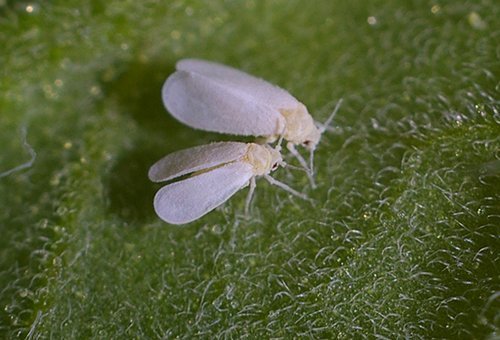

Whitefly larvae suck nutrients from the plant
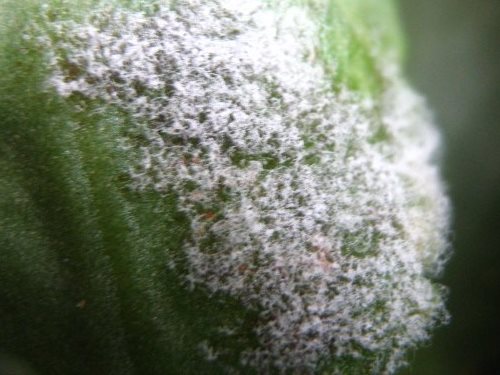

Mold grows in conditions of excessive moisture


Spider mite - the reason for the appearance of cobwebs
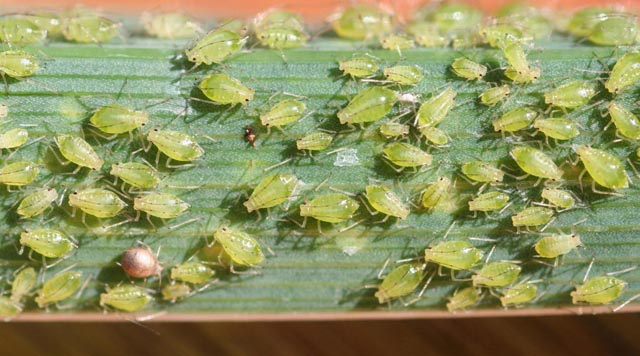

Aphids suck out the juice of the leaves, weakening the plant

